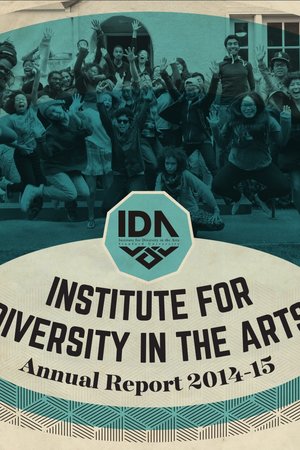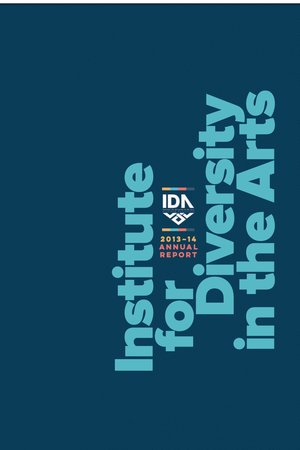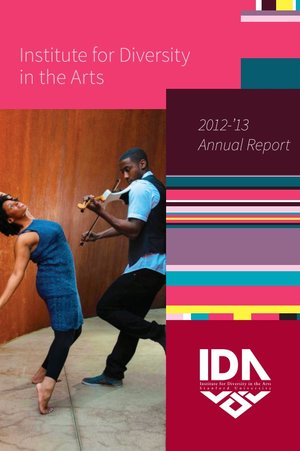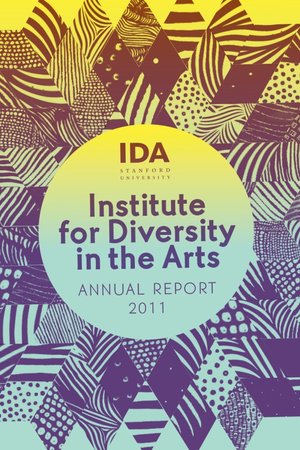About Us
Mission
The Institute for Diversity in the Arts (IDA) is a student-facing and serving organization at Stanford University. IDA trains and supports undergraduates in visionary arts leadership through stewarding the power of the arts toward social justice. We believe that the arts are a powerful means for empowering difference, dismantling oppression, and building more sustainable futures.
We are a place for many: black, indigenous, students of color; queer, trans, gender diverse students; women; disabled students; first-generation students; students from low-income backgrounds; artists and community members; on campus and off.
History
In 1969, a group of students came together to form the Committee on Black Performing Arts (CBPA) as a cultural resource to Stanford and surrounding communities. CBPA hosted artists, created master classes and workshops, staged productions, and published the Black Arts Quarterly, a literary journal.
As Asian American Studies and Chicano Studies gained traction in the academic world, Charles Lyons, the chair of Stanford’s Drama Department at the time, met with the staff of the Committee for Black Performing Arts about creating an Institute for Diversity in the Arts. Lyons saw the opportunity to have the Institute for Diversity in the Arts provide a space on campus to express and promote the work of artists of color. Lyons passed in 1999, but his dream lived on with the establishment of the Institute for Diversity in the Arts (IDA) in 2000 with a grant from the James Irvine Foundation.
With Harry J. Elam as Director, Georgina Hernandez as Associate Director, Elena Becks as Program Administrator, and Robert Moses as Artist in Residence, IDA had its founding staff. Elam explained “one focus was bringing diverse artists to campus and creating workshops for students with those artists,” followed by, “a showcase of student work from those workshops.” During winter quarters, IDA would host nationally and internationally renowned artists with commitment to community and change as well as experience or interest in teaching.
The grant from the James Irvine Foundation was only expected to last for four years, but a student showcase inspired Sharon Long, the Dean of Humanities and Sciences at that time, to fund IDA and CBPA as one entity. The Committee on Black Performing Arts and the Institute for Diversity in the Arts merged in the fall of 2005.
We maintain the aesthetic and social justice legacy of that storied institution both in all of our work at IDA and through the revitalization of the CBPA. In our 14 years, we have involved hundreds of students each year in courses and workshops, and established an IDA concentration within both the African & African American Studies and Comparative Studies in Race & Ethnicity Programs. Past visiting artists include: dream hampton, Faisal Abdu’ Allah, Joan Morgan, Favianna Rodriguez, Saul Williams, Ralph Lemon, Rennie Harris, Ruben Martinez, Mark Gonzales, Emile YX, and many more.





